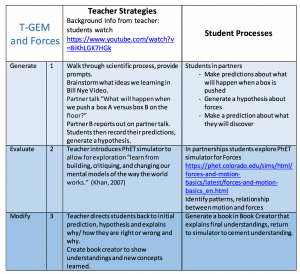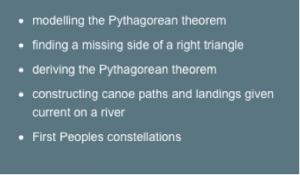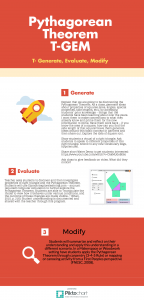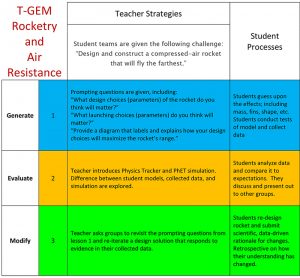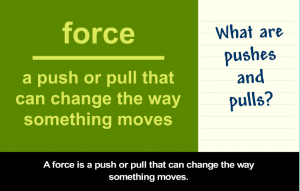To launch the beginning of our units of inquiry in Grade 5, we begin by exploring the big idea of Multicellular organisms have organ systems that enable them to survive and interact within their environment. Before students begin to piece each system together, to understand the interrelatedness we explore each system in isolation, while providing opportunities for students to write and generate questions when hypothesis to connections occur. Students participate in the inquiry cycle by finding out, sorting out, making connections to information. When exploring the form and function of the circulatory system, and the human heart, many students struggle with understanding how oxygenated blood is transported throughout the body, and in particular are often confused by the use of blue blood on models to represent deoxygenated blood. The following 3-Step T-GEM cycle is included below to explain how digital technology supports student understanding.
GENERATE
During the first phase of the T-Gem Model the teacher provides opportunities for the students to express their understanding. Students are given a blank model of the human body to record their knowledge and predictions of the circulatory system, including veins and the heart. Students then watch the Brainpop video on the Circulatory System to record additional information.
Students generate ideas about what they know regarding the circulatory system by labelling the blank human body template. Students then have opportunity to share their ideas in a gallery walk first, then in small groups of 3-4 students. Students discuss, compare, and explain concepts and questions.
EVALUATE
After watching the brainpop video on the circulatory system, as well as investigating the heart and circulatory through the Heart | 3D Atlas of Anatomy app allow to spin a highly realistic 3D heart model as it was in user hands.
As a class, we discuss our initial predictions and human body diagrams.
Working in small groups of 2, students evaluate what they now know about the circulatory system. Teacher circulates and provides an opportunity to discuss and guide student inquiry. Opportunities for the GEM cycle occur.
MODIFY
After exploring the videos, working through the 3D Atlas of Anatomy apps, including the dissection options, as well as class discussions, students are then able to go back and sort out their new knowledge by redoing their human body template.
Students redo their human body template based on discussions with the teacher and classmates. As an extension, students can work with the EdTech teacher using the 3D school printer to create their own model of the human heart. Students complete a reflection piece to solidify their learning journey, accounting for all growth in understanding.
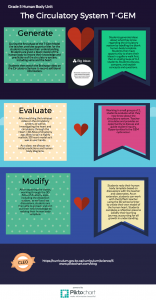
References
Khan, S. (2007). Model-based inquiries in chemistry. Science Education, 91(6), 877-905.
Khan, S. (2010). New pedagogies for teaching with computer simulations. Journal of Science Education and Technology, 20(3), 215-232.
Khan, S. (2012). A Hidden GEM: A pedagogical approach to using technology to teach global warming. The Science Teacher, 79(8). This article was written about T-GEM with middle-schoolers.
